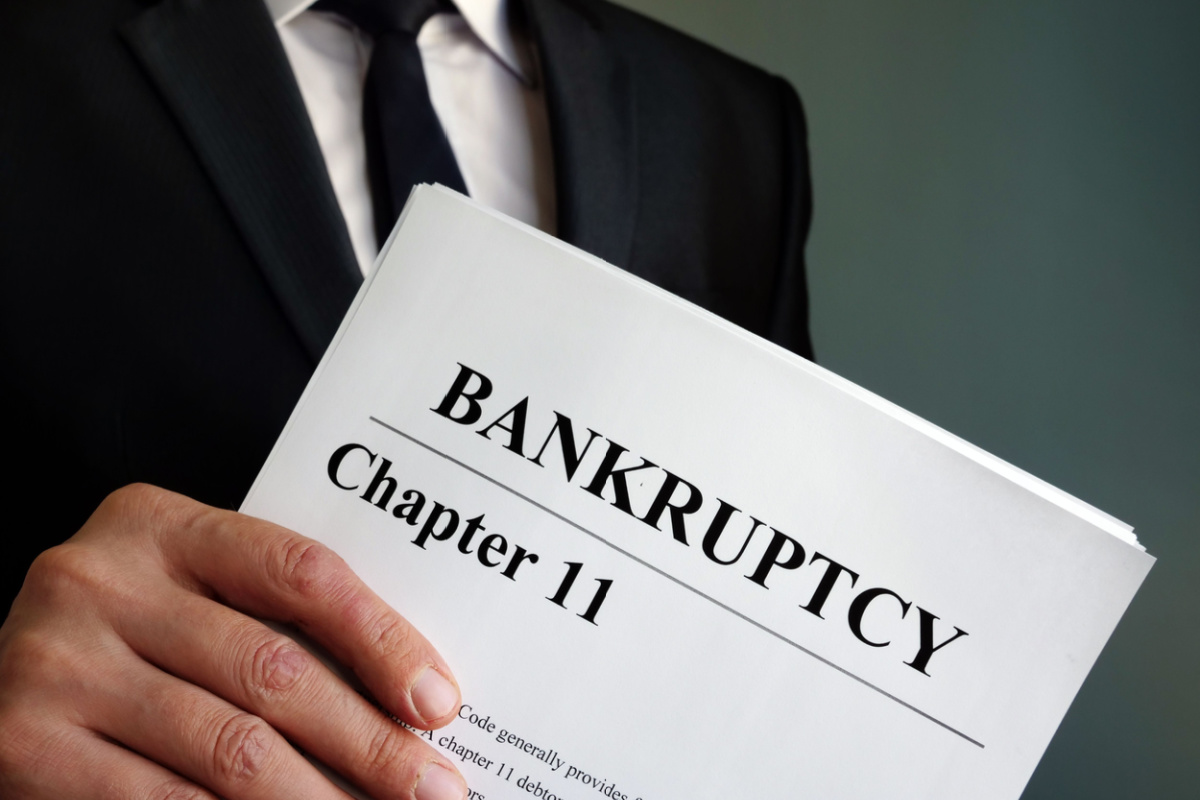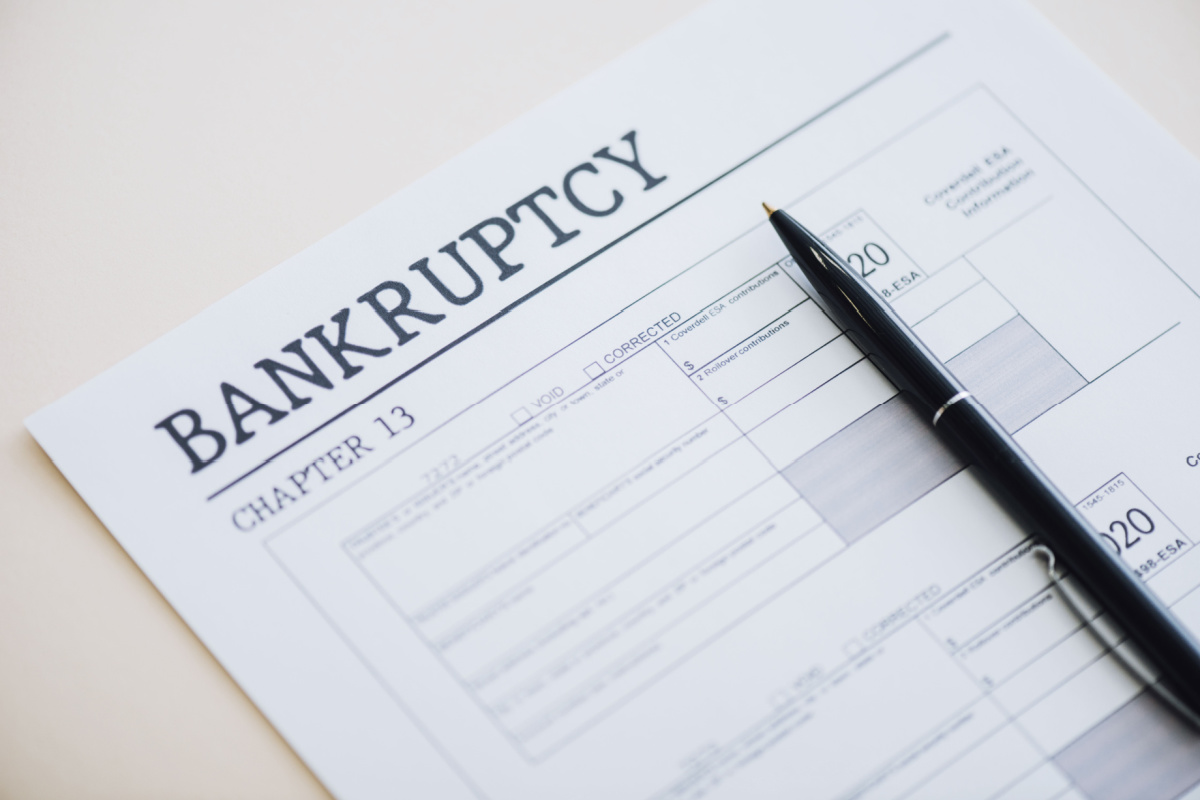




According to the data provider Epiq Bankruptcy, the number of small businesses filing for Chapter 11 bankruptcy increased by 13% between 2021 and 2022. Businesses like the Pleasant Prairie Corner Bakery Cafe in Kenosha and Nobleman LLC, a construction company in Milwaukee, both met this fate last year. When facing financial hardship, a business owner might consider bankruptcy options like Chapter 11 or Chapter 13. But who is eligible for each? Chapter 11 is often chosen by businesses—small or large—as well as individuals with significant debts. There is generally no debt limit for filing under Chapter 11, making it more flexible for those with higher liabilities. On the flip side, Chapter 13 is primarily for individual debtors, including sole proprietors. Eligibility here is based on specific debt limits. As of 2022, unsecured debts must be less than $419,275, and secured debts must be under $1,257,850. Income is another factor; a regular monthly income is required to set up a repayment plan.
When considering bankruptcy options like Chapter 11 or Chapter 13, understanding the financial burden involved is vital. Chapter 11 tends to be more expensive due to its complexity and length. Court filing fees, administrative fees, and the costs of ongoing reporting can add up quickly. On average, a Chapter 11 bankruptcy can range from tens of thousands to hundreds of thousands of dollars, depending on the case’s complexity. Chapter 13, in contrast, is generally less costly. A filing fee and a few administrative costs make up most of the expenditure. Plus, some of these costs can be included in the repayment plan, which spreads out the burden over time. While no precise amount is set in stone for either option, getting a grasp on these costs can help in choosing the right bankruptcy path.
One of the factors to consider when deciding between Chapter 11 and Chapter 13 bankruptcy is the time each process takes. Chapter 11 can be a lengthy affair, often lasting between six months to two years, sometimes even longer. The time-consuming nature of Chapter 11 stems from its complexity; it involves detailed plans for business reorganization, creditor negotiations, and court approvals. On the other hand, Chapter 13 usually has a more predictable timeline. Debtors must complete a repayment plan lasting either three or five years, depending on income levels. Once all the repayments are made, the bankruptcy process comes to an end.
When facing bankruptcy, a business owner naturally worries about the fate of assets like property, inventory, and cash reserves. In a Chapter 11 bankruptcy, assets often remain under the control of the debtor, who continues business operations while reorganizing debts. The court might appoint a trustee only in cases where fraud or incompetence is suspected. In Chapter 13, assets are generally safer from liquidation as long as the debtor sticks to the repayment plan. Unlike Chapter 7, where assets can be sold to pay off debts, Chapter 13 allows individuals to keep their property. In both Chapter 11 and Chapter 13, exemptions may also be available to protect specific assets.
In both Chapter 11 and Chapter 13 bankruptcy, the objective is to manage debts effectively, but the mechanisms for repayment differ. In Chapter 11, a reorganization plan is formulated, often involving negotiations with creditors. Payments might be reduced, and timelines for repayment could be extended. Businesses continue to operate, aiming to generate revenue to fulfill new debt obligations. Chapter 13 also involves a repayment plan, but this plan is more structured. It typically lasts for three to five years and covers all or part of the owed debts. Payments are made to a trustee who then distributes the funds to creditors. Unlike Chapter 11, there is less room for negotiation, and the plan usually follows set guidelines for how debts must be paid back.
When it comes to legal proceedings for Chapter 11 and Chapter 13 bankruptcy, differences abound. Chapter 11 often involves more complex courtroom activities. The debtor usually must gain approval for a disclosure statement and then get the reorganization plan approved by creditors and the court. Along the way, multiple hearings may take place to review the status, and there could be negotiations or even disputes with creditors. On the contrary, Chapter 13 involves fewer steps. Once a repayment plan is submitted, a confirmation hearing is usually all that’s needed for the court to approve the plan. Chapter 13 may also involve fewer filings and less frequent appearances before a judge.
Bankruptcy undoubtedly leaves a mark on a credit score, but the effects differ slightly between Chapter 11 and Chapter 13. In both cases, the bankruptcy filing will appear on a credit report. However, the time it stays there varies. For Chapter 11, the bankruptcy record usually remains for up to 10 years. Chapter 13 stays for a shorter period, generally about seven years. Additionally, Chapter 13 might be viewed slightly more favorably by future lenders because it involves a commitment to repay debts rather than discharging them. Over time, the impact of bankruptcy on a credit score will lessen, especially if steps are taken to rebuild credit responsibly.
Once a bankruptcy process concludes, attention turns to the future of business operations. In a post-Chapter 11 scenario, the business often emerges leaner and more focused, having shed excess debt, and possibly restructured its operations. A new business model might be implemented to generate revenue more effectively. For Chapter 13, since it is usually chosen by individual proprietors, the business often continues as before but with a lighter debt load. A completed Chapter 13 repayment plan can offer a fresh financial start, allowing for reevaluation of business strategies. Either way, post-bankruptcy life involves careful financial planning, budgeting, and possibly rebranding to regain customer trust. Understanding how each bankruptcy type shapes future business operations can offer valuable insights for long-term success.

When faced with the prospect of bankruptcy, choosing between Chapter 11 and Chapter 13 can be daunting. Both offer advantages and disadvantages tailored to specific financial situations. Chapter 11 might be more suitable for those with complex business structures or higher debts, given its flexibility in debt reorganization. Chapter 13, however, might be a better fit for sole proprietors or those with a steady income who wish to keep their property and are within the set debt limits. Factors like time, cost, and long-term financial impacts also play a role in the decision-making process. Educating oneself about these variables can greatly assist in making a well-informed choice, thereby reducing stress and uncertainty in a challenging period.
Many individuals and businesses face issues with wrongful foreclosures and mortgages, especially in a fluctuating economy. It’s also beneficial to consider alternative methods to bankruptcy like debt management plans which might serve as a viable option for some. When deciding to move forward, thorough research and guidance from trustworthy resources, like My Debt Advisors, can be instrumental. If you’re located in Wisconsin and are considering this step, understanding the specific procedures for filing bankruptcy in Wisconsin can be particularly crucial. For those in the Sheboygan area, you can find tailored assistance and information at the Sheboygan office of My Debt Advisors, ensuring you have local expertise at your disposal.
If you are filing for chapter 11 or chapter 13 bankruptcy, contact us or call us at 866-696-6432 today for a free consultation.

Learn about bankruptcy protections, types of bankruptcy, how to get started, what to expect, and who to trust. Filing bankruptcy is the ONLY way to completely eliminate debt. If bankruptcy is right for you, it offers powerful protections that cannot be achieved through alternative solutions such as hardship relief, loans, or debt settlement.